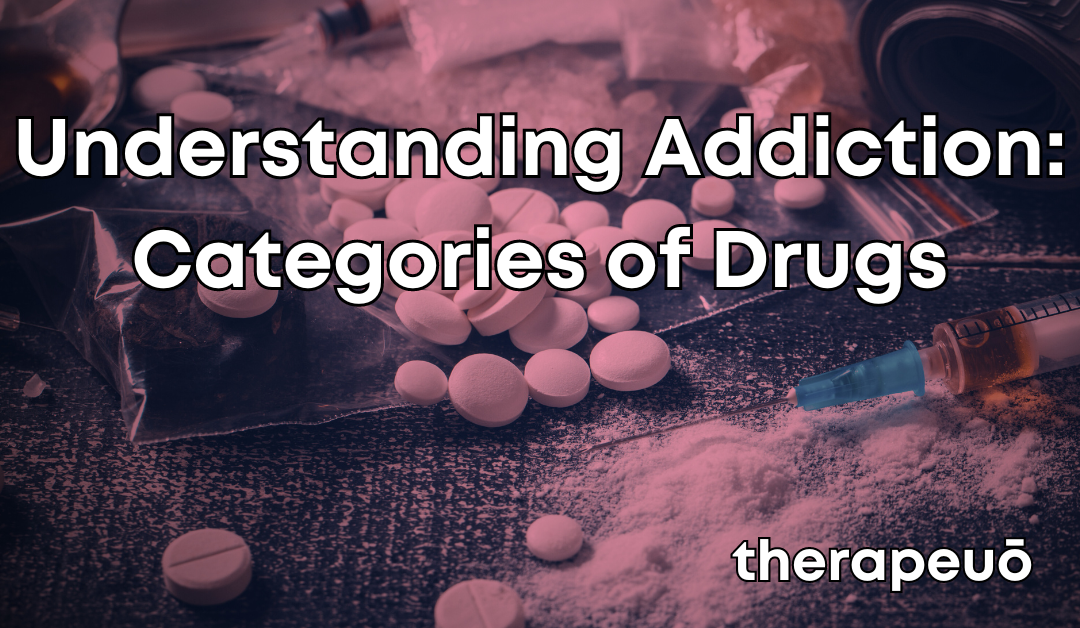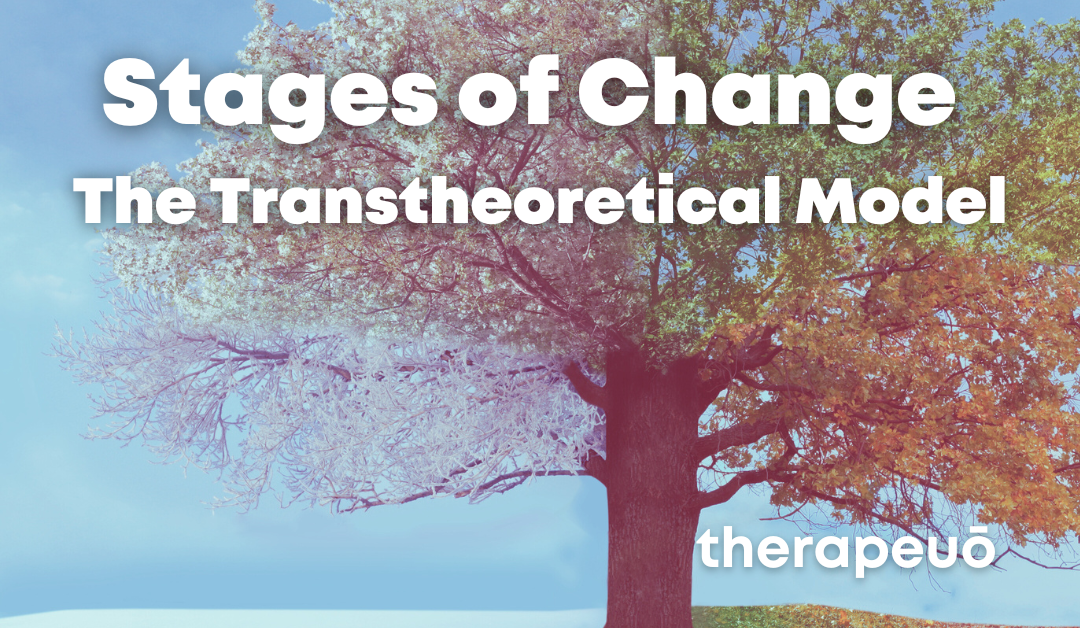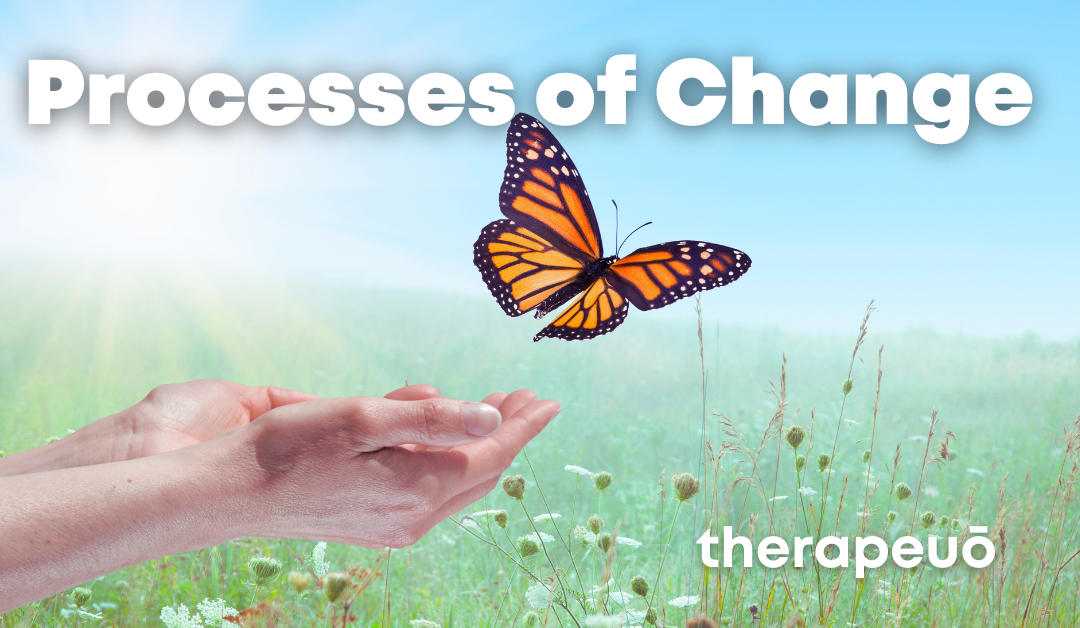
Understanding Addiction: Stages of Drug Use
As with most things in life, addictions do not form overnight. No one expressly decides to become an addict. It happens over time.
Drug addiction can therefore be viewed as a series of developmental stages. Drawing from the work of Kandel (2002) and Wallen (1993) we can suggest these stages as the logical progression of the disease of addiction: Initiation, Escalation, Maintenance, Discontinuation and Relapse, and finally Recovery.
This is by no means a certain road map, but most users do tend to follow this trend in their patterns of use and abuse. Some users may, however, escalate quicker or relapse more often or not at all. Nonetheless, these developmental stages give us some insight into the general progression of the disease of addiction.
Initiation
Often the typical user is introduced to psychoactive substances by friends or relatives as a social gesture. It is common for adolescents to start experimenting with alcohol or tobacco in a social setting and for this experimentation to continue with other substances in similar settings.
In the case of prescription medications initiation usually happens when the initiate is legally prescribed a potentially addictive substance or a friend/relative decides to share their medication with the initiate.
Initial use of a substance does not necessarily lead to addiction. Without the stages of escalation and maintenance it automatically progresses to discontinuation and cessation. In cases where the user is at risk we find that the dependence will develop following initial use and continued experimentation.
Escalation
The period of initiation differs from person to person, and is often a period of casual or occasional use. As experimentation continues the addict will inevitably find themselves using more regularly. They might see an increase in their preoccupation with psychoactive substances, or socialize more frequently with other users – reinforcing the idea of intoxication as normal or fun. As the usage escalates the patterns of their use become more risky and harmful.
The variety of substances being used may increase. Priorities might start taking a backseat to the substance during this time, jobs and families might be neglected, self-care gives way to self-destruction as the obsession slowly starts taking root and dependence upon the substance starts to develop.
Typically there will be little or no concern as to how the drugs or behavior might impair, impact or influence their future or health.
Maintenance
As tolerance and dependence builds the user finds themselves on a quest to recreate that original euphoria. This, however, proves elusive and it becomes a non-stop search for normalcy. A quest to just feel okay.
As this progresses it becomes even harder to feel just that and the search for the substance becomes a matter of survival. Where the non-addict prioritizes food, shelter and clothing as necessities for survival, the addict brain prioritizes the mind altering substance before all else. Eventually this obsession becomes all-consuming bypassing any and all other instincts and moral inclinations.
Drugs are no longer something that is done “just for fun” but now slowly starts becoming the be-all and end-all of the users day to day life. The user finds themselves in a downward spiral in which their psychological and physical health starts deteriorating, social support systems start collapsing and economic resources start drying up.
Discontinuation and Relapse
There are various reasons why an individual might discontinue or stop their use of a mind altering substance.
These reasons may range from a feeling of having hit ‘rock bottom’, the collapse of family relationships or social support networks, the dwindling of economic resources. Some may stop abruptly following an overdose or sudden medical complication. Others still stop temporarily because of incarceration or court mandated rehabilitation/treatment.
Sometimes the downward spiral of loss and adversity might lead the addict to realize that drugs are not the solution, but a contributing factor to the problems in their lives and seek help.
Over two thirds of those who abuse alcohol often quit by themselves with no need for intervention. Those addicted to other drugs usually require a much more hands-on and supportive approach.
Many individuals do however recover from addiction by ‘white knuckling’, pushing through and getting sober. This however does not work for everyone – especially when there are co-occurring conditions such as chronic pain or mental illness.
Since addiction, more properly referred to as Substance Use Disorder, is a chronic relapsing brain disorder it is important to seek the right help, find the right program and build the right support system to prevent relapse.
There are as many reasons for relapse as there are to get sober. From personal tragedy and trauma to economic despair and health problems, the addicted brain can find many good reasons to go back to drugs and/or alcohol.
Relapse, however, is not failure but rather just a step back. We can always recover if we are open minded and willing to change.
Recovery
Recovery starts when the addict acknowledges that their use of mind altering substances has become a problem and that they need help, when they decide that the complete cessation of their use of these substances is necessary.
It is a process. Just like the addiction was not built over night, recovery requires persistence and perseverance. It requires dedication and a willingness to work on yourself.
At first the addict might grieve the loss of their drug lifestyle, but in time as the hallmarks of this previous life are replaced by more healthy alternatives.
Old using buddies and acquaintances are replaced by new friends and stronger support systems.
Physical health might start to recover, usually much quicker than emotional or mental health as the addict has to regain lost emotional development and growth. The addicted client might be older, but developmentally might still be ‘stuck’ at the mental/emotional age where they stopped dealing with life and started using drugs. Emotional and mental growth has been stunted by the use of these substances and the individual might need extra help to get back on track.
There is no shame in this. There is hope – and we just need to work the program, commit to change and work towards building ourselves up again.
Fortunately, if the individual is resolute about ‘dealing with life on life’s terms’ without psychoactive substances we will find that the emotional growth we are fighting tooth and nail to achieve will be accelerated. This process might be absolutely terrifying at first, but it is so worth it – exhilarating and thrilling – as the pain and terror of addiction gives way to an abundance of life.
Early Recovery
In the first six months of recovery the risk and rate of relapse is much higher. Everything is new, and it can be quite overwhelming. During this time we learn how to cope with daily life, deal with stressors in work environments and relationships in healthy, non-chemical ways, and build new support networks, usually through attendance of 12-step Fellowships.
This is the time during which we start the process of moving away from people,places and things associated with our using and towards a new way of thinking and living.
During this time mood swings and depression is common and we need to be mindful about these episodes since they can derail treatment.
Usually after 6 months we start grappling less with our routines and socializing and start focusing more on the real psychological and societal adjustments of sobriety. Feelings and emotions start returning, and the grieving over the old way of life might continue.
For example, as our eating habits start normalizing we might be concerned about our sudden weight gain. We might be unsure about how to deal with our unnecessarily harsh boss or team leader. Family problems might seem to push us close to the edge. However, it is important for us to focus on what we can change rather than that which is beyond our control.
The work continues as we start learning what self care and love is all about and re-establish our ability to feel and deal with the complications of life without the use of drugs or alcohol.
Later Recovery
Roughly a year into recovery we start gaining confidence as we apply the tools we have learnt from the programs and treatment. As we practice the principles of recovery in all our affairs we find an increasing state of serenity and contentment, increasing stability and comfort as we continue to work on ourselves and build our social support networks and work to restore old ones that might have collapsed (like family relationships).
Many start to advance in terms of their careers or studies, or go on to help others as a way of giving back.
The promises of recovery are not always as clear cut as it might seem.
But they are real and will materialize if we work for them.
If you or a loved one are struggling with addiction – please reach out: 065 370 3806.




